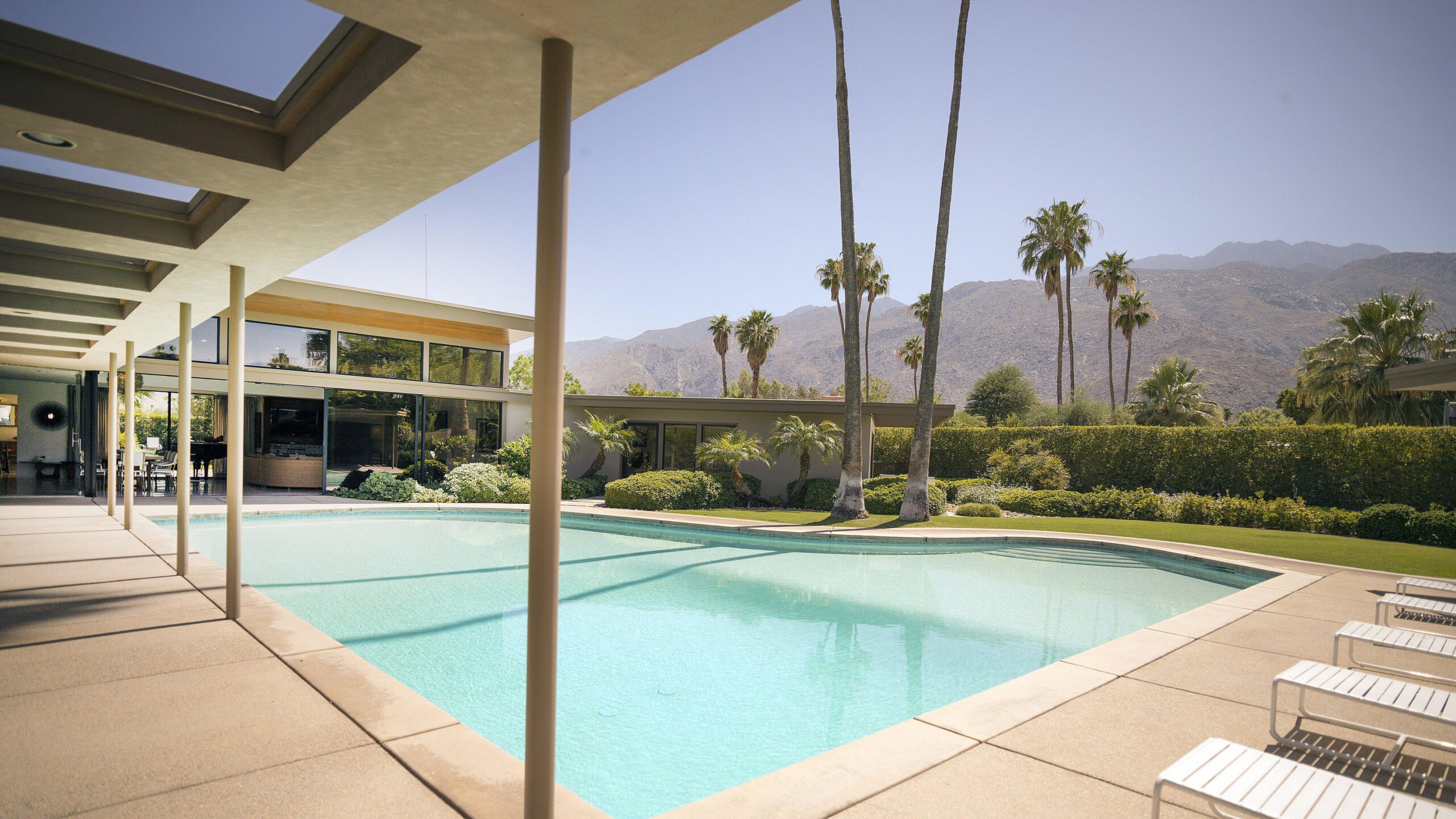
Architectural Model Making Advice For Students
AlexJones
- 0
- 758
Let me explain first of all that I am writing this from the perspective of someone who has had personal experience of having to make architectural models with limited resources. Although I am now a professional model maker I was once a student at the Welsh School of residential architects in Palm Springs where they viewed models as an important part of the design process. Through my three years on the course and subsequent many years in the model making profession I have seen, or made myself, most of the common mistakes people make when setting out to produce an architectural model. Hopefully I can help you avoid these errors and save you a lot of wasted time and effort.
Planning your architectural model
The first and most important step for any architectural model making project is to establish a clear goal for the model. In other words, what is the model for, what is its purpose, what does it need to communicate? Very few people have the budget and resources to make a model that shows everything about their project. It is more realistic to choose an aspect of your design that the model can show well.
For example, if you are designing a building in a sensitive area, a monochrome massing model can show the overall form and layout of your design and how it sits in its context. This will give viewers an instant general understanding of your project. The colours, materials and any other detailed elements can be explained through additional drawings, photographs, swatches, etc.
Another approach is to let your drawings show the general overview of your project and use an architectural model to illustrate one of the detailed aspects. For example you could make a part-model of a particularly interesting area of the building; an entrance feature perhaps or a decorative elevation. Or you could make a sectional model that slices through the building to show the internal spatial organization.
The important thing is to start with a clear purpose for your architectural model and then work out what sort of model will best achieve your goals.
What scale should the architectural model be?
Once you have decided what your model needs to illustrate, the next step is choose the most appropriate scale. This decision is affected by two things; how big an area you need to model and how much detail you want to show. If you need to show a big area, perhaps for a site context model, you would have to choose a smaller scale, say 1:500 or even 1:1000. This is to avoid the model becoming too big to be practical. But at these smaller scales you need to be aware that is not really possible to show much in the way of detail.
If the purpose of the model is to show just the building itself you could consider 1:200 or even 1:100 scale. At these scales you can show windows, doors, balconies, etc. However, if your goal is to illustrate a particular area or detailed element of the building you may well need to go bigger again, say 1:50 scale or even 1:20 scale.
Whatever the purpose of your model, being able to understand scales will enable you to work out practical, achievable options for your particular project. Many students will already have a clear understanding of scales and those who have can skip this next bit, but if you are a little unclear on the subject it is probably worth reading.
